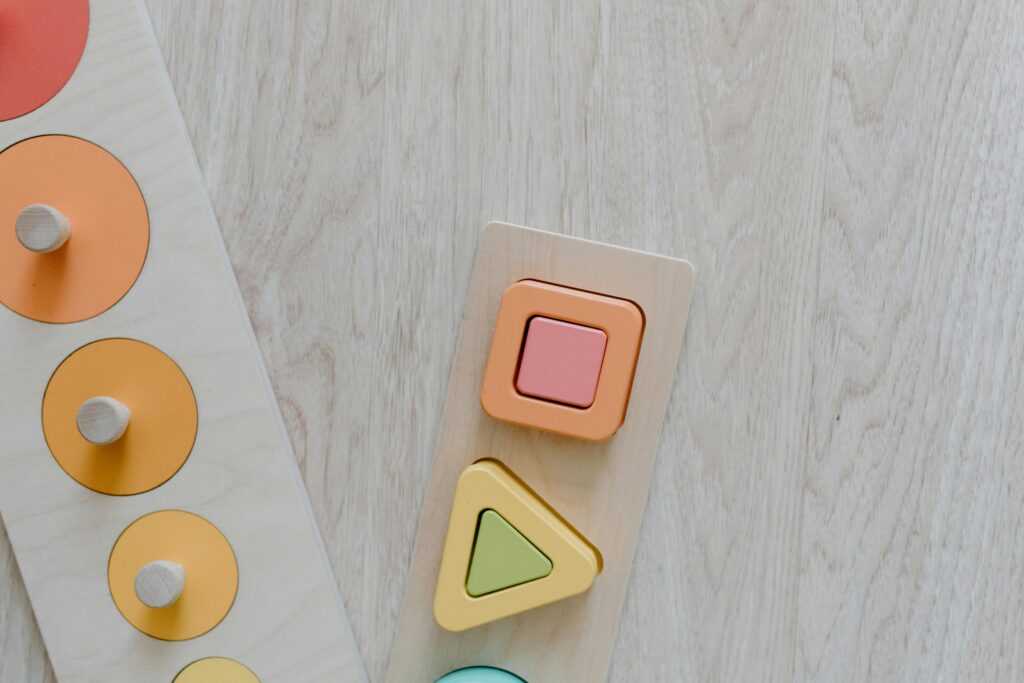Shapes Activity for Kids: Fun, Learning, and Hands-On Play
Introducing shapes to children is one of the earliest and most important steps in their learning journey. From circles and squares to triangles and rectangles, understanding shapes helps young kids develop visual-spatial awareness, fine motor skills, and early math concepts. But the best way to teach shapes isn’t with worksheets—it’s through play-based activities that make learning fun, interactive, and engaging.
If you’re looking for easy and effective shapes activities for kids, here’s everything you need to know to get started.
Why Shape Recognition Matters
Shapes are everywhere—on signs, in nature, in architecture, and in toys. When children learn to identify shapes, they build a foundation for:
-
Geometry and problem-solving
-
Drawing and early writing
-
Pattern recognition
-
Categorization and sorting skills
Learning shapes also improves observation and helps kids compare, contrast, and describe the world around them.
Simple and Fun Shapes Activities for Kids
Here are a few tried-and-true activities that you can do at home or in the classroom using common materials:
1. Shape Scavenger Hunt
Give kids a list of shapes (circle, square, triangle, etc.) and challenge them to find items around the room or outdoors that match each one. For example:
-
A clock = circle
-
A book = rectangle
-
A sandwich cut into halves = triangle
Tip: Make it a timed challenge to keep it exciting.
2. Shape Sorting Tray
Create a tray with various cut-out shapes in different colors and sizes. Kids can sort them by shape or color, or match them to outlines drawn on a sheet.
This enhances not only shape recognition but also fine motor control and attention to detail.
3. Build with Shapes
Provide foam or cardboard cutouts of basic shapes and let kids create pictures. For example, use triangles and squares to make a house, or circles to create a caterpillar.
You can also use felt boards, construction paper, or even food like crackers and fruit slices for this activity.
4. Shape Stamping
Dip shaped sponges or cookie cutters in paint and let kids stamp them on paper. As they play, talk about the name and properties of each shape.
This is a fun, messy, and creative way to combine art with geometry.
5. Shape Songs and Movement
Incorporate music with songs like:
-
“I’m a Circle, I’m a Circle, Look at Me!”
-
“Shapes Are All Around Us”
Pair the music with actions—stretch your arms into a triangle, sit in a circle, or use your body to form shapes with a group.
This helps children who are kinesthetic or auditory learners absorb the concept more easily.
Final Thoughts
Learning shapes should never feel like a chore. With just a few basic materials and a little creativity, shapes activities can become a memorable part of playtime that fosters curiosity and critical thinking.
Whether indoors or outdoors, individually or in groups, these activities turn abstract concepts into tangible, joyful discoveries. So the next time you hear a little one shout, “That’s a triangle!”—you’ll know real learning is happening, one shape at a time.




